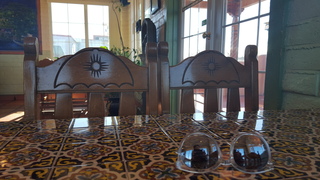
People naturally look for similarities, differences, and patterns. We name and categorize. It's a natural part of learning, and it can be fun.
photo by Holly Dodd



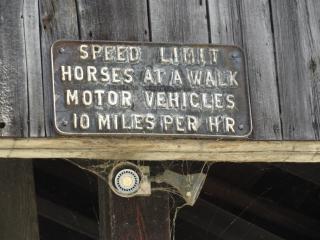
If you live in a home with books and clocks, movies, music, blocks, games, dishes, furniture, toys, clothes, the internet, and adults who are interested in kids, 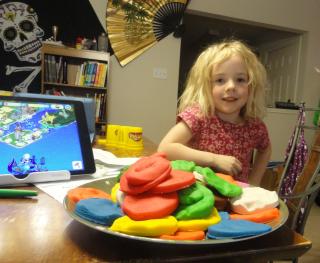 then you have "the basics" all around your kids all the time. And because those basics are there, kids will learn about them&mdashthey'll learn that words are a valuable tool and there are many ways to use them. They'll learn that numbers and patterns are as useful as words and sometimes better than words for a given purpose. They'll learn those things without lessons, living and playing and snuggling on the couch with you without ever needing to draw a line between those things and learning. then you have "the basics" all around your kids all the time. And because those basics are there, kids will learn about them&mdashthey'll learn that words are a valuable tool and there are many ways to use them. They'll learn that numbers and patterns are as useful as words and sometimes better than words for a given purpose. They'll learn those things without lessons, living and playing and snuggling on the couch with you without ever needing to draw a line between those things and learning.—Meredith Novak * |


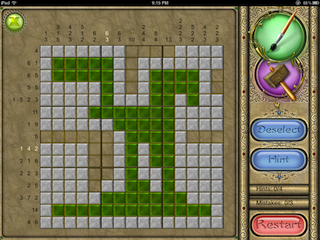

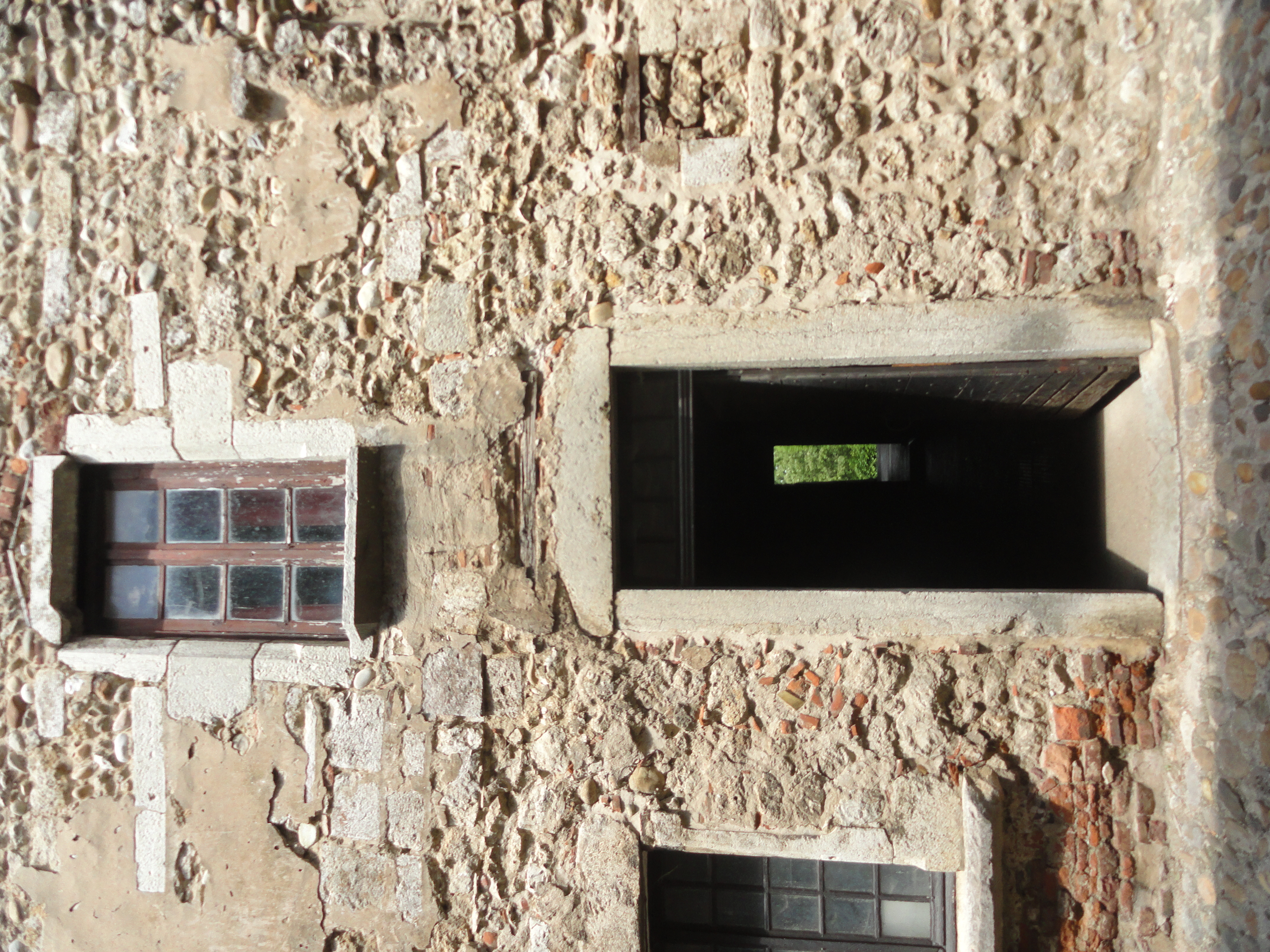
Learning is defined not just as sucking in information about something the child is interested in. Learning is also figuring out the big picture and how things connect. Figuring out how stuff works, figuring out how people work, making connections, seeing patterns. This is a mechanical, biological process. It's how humans—all learning animals really—naturally learn, how kids are born learning.
Natural learning is like a doorway. We can't change the doorway but we can change the outside world so kids can more easily reach what intrigues them.
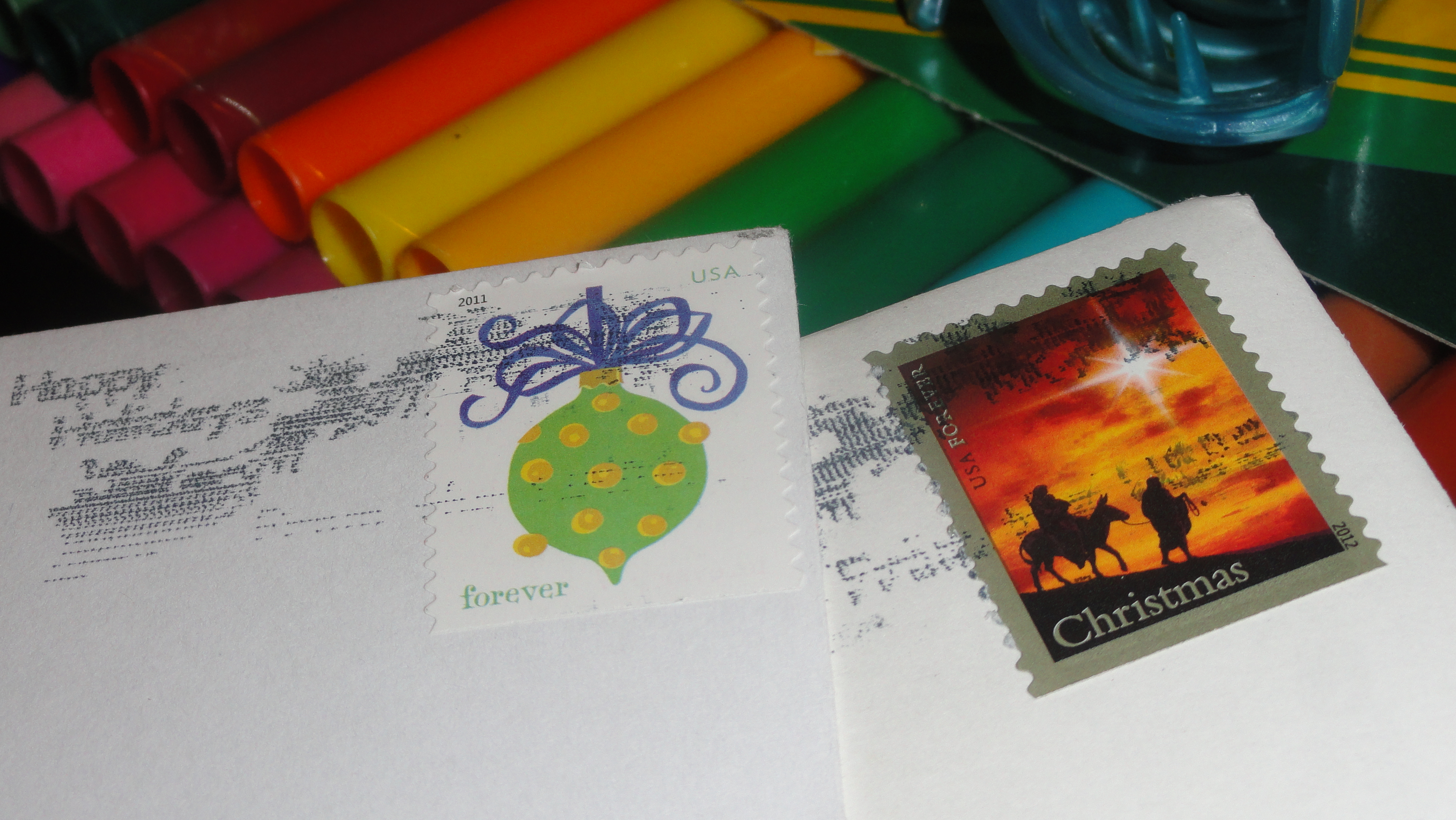


 |

If you can keep that up for eighteen years, you've got unschooling!